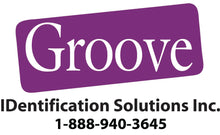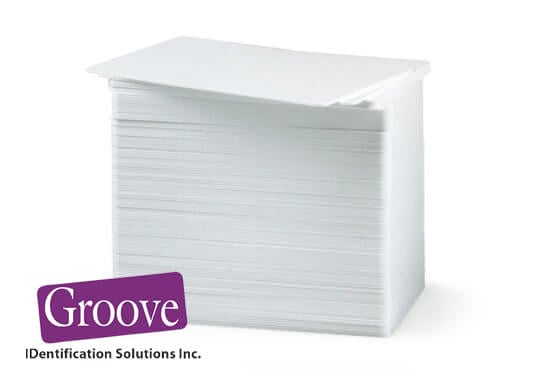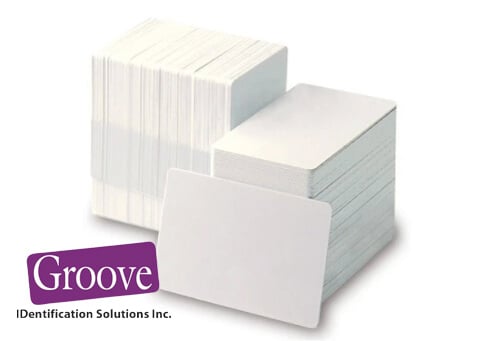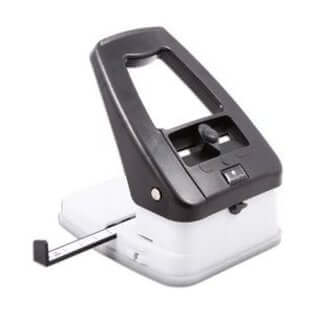ID Card Thickness - What Are My Choices?
ID Card thickness is often an afterthought when designing an ID card application. Find out how the industry measures card thicknesses and which standard thickness is best for your facility.
Many of our customers have a detailed plan about what they want their ID cards to do and how they should look. Security professionals will have designed a graphic layout for the information they’ll be printing on the badge. They also know the type of card reader they want to use.
Even so, they often haven’t thought about the type of card stock they should be using for their application. In particular, our customers are often unaware of the standards and options for how thick their badges should and can be.

Click here to browse our large selection of In Stock ID Cards!
Cards are Available in More than One Thickness!
Cards are available in more than one thickness, and the industry measures that thickness in mils. A mil is not the same thing as a millimetre.
One mil is 1/1,000th of an inch (0.001”). For perspective, a typical business card is usually 10mils in thickness. ID cards are generally quite a bit thicker than this.
The main thing to remember about choosing a card thickness is that the card printer you use at your facility has to support that thickness. For example, if you try to print on 10 mil cards using a printer designed for 30 mil cards, the chances are that the card will melt.
A melted card can mess up the print head and ruin your printer. Not only will you have to pay to repair or replace it, but you won’t be able to make new cards for your staff while your printer is down.
The next thickness is 13 mil cards. They’re a bit flimsy for use as security badges, but some facilities use them. If you use a retransfer or laminating printer, it probably won’t support this thickness. You may also find that your double-sided printer doesn’t work well with this specification.
Gyms often use 13 mil cards for membership cards. Schools may also use a 13-mil thickness for student or library cards. The next standard size is 20 mils. Transit tickets or rewards cards at retailers are often 20 mils in thickness.
The vast majority of ID cards, including credit cards, debit cards, driver’s licenses and health cards, are 30 mil cards. 30 mil thickness is the industry standard, and it’s the thickness we recommend for most security applications. As a rule, if you just stick to the standard CR80 30 mil specification when you order conventional or Smart Cards, you can’t go wrong.
Organizations using Clamshell Cards have a 55 mil thickness and are often used alongside with adhesive PVC Cards so they are able to reuse the Smart Cards and only replace the adhesive Photo ID Portion of the card.
Two Main Points to Remember!
There are two main points to remember with card thicknesses. One is that 30 mil is the industry standard used for bank cards and government ID cards. Probably every card in your wallet is a thirty-mil card. Secondly, always ensure that your printer supports the card thickness you order. Otherwise, you might run into some frustration or even equipment damage, causing confusion and delay.
Whenever you have a decision to make, our Groove support team is always available to help you make the right choice. Our staff would be pleased to discuss your card specifications with you and recommend the best options for your application and the equipment you work with.
We can work with you to select the right card thickness to ensure your cards are durable and compatible. We’re happy to discuss the range of products available and help you choose the one that’s right for your facility.
We’d enjoy hearing more from our customers about the card thickness specifications they’re using. If you use a non-standard card thickness, we’d love to hear about how well it meets your needs. We’d also be pleased to answer any questions you may have.




